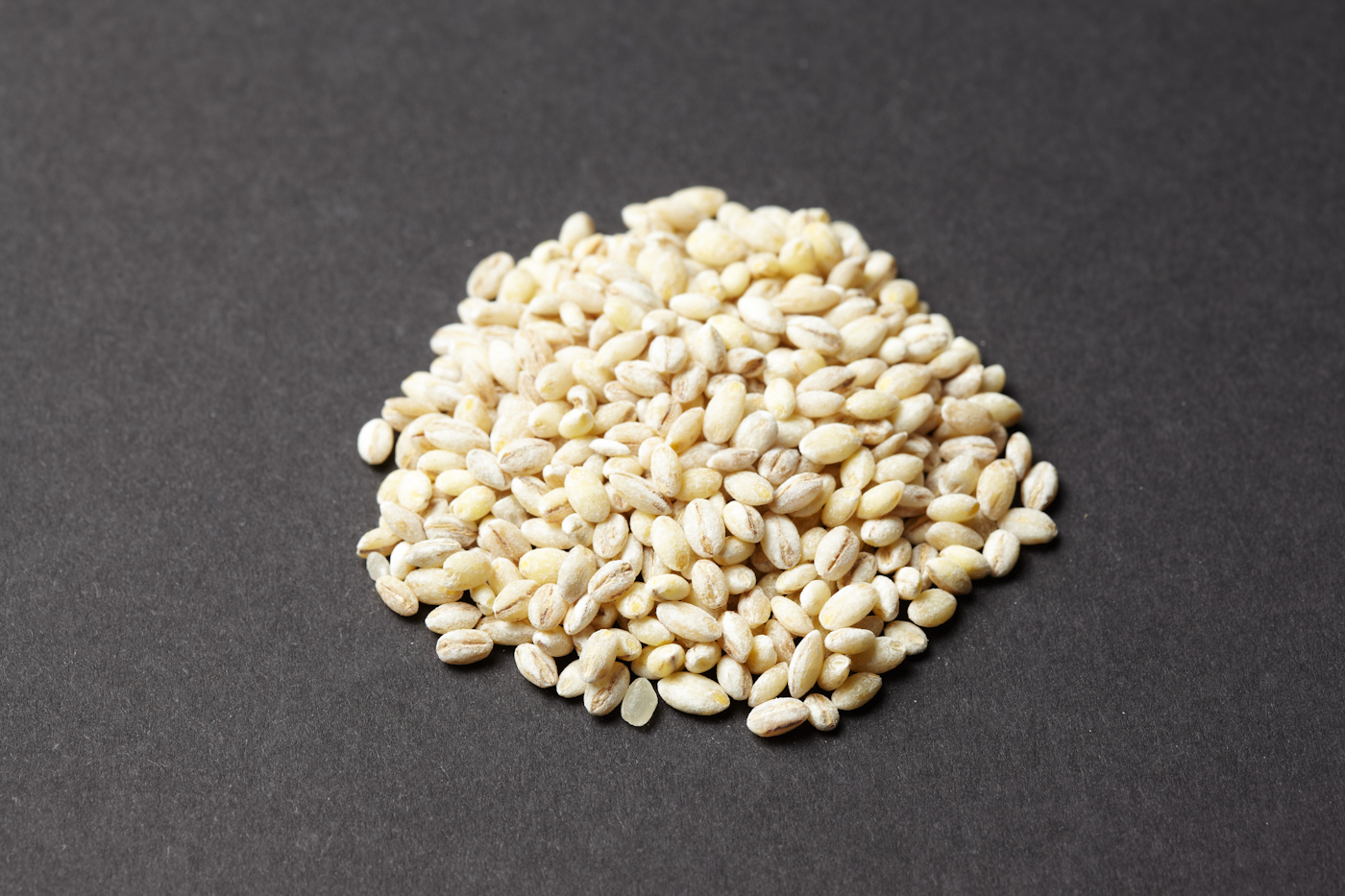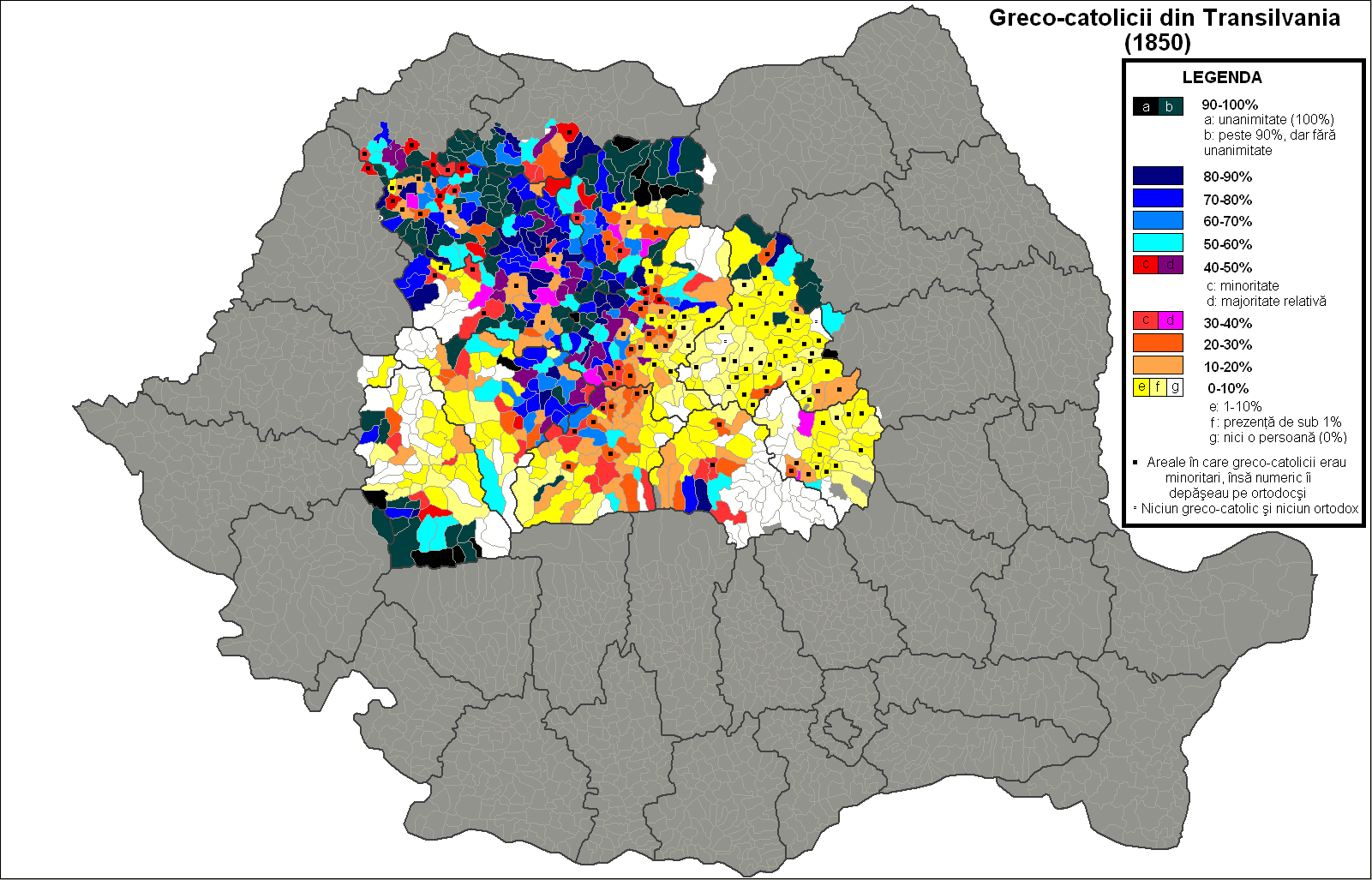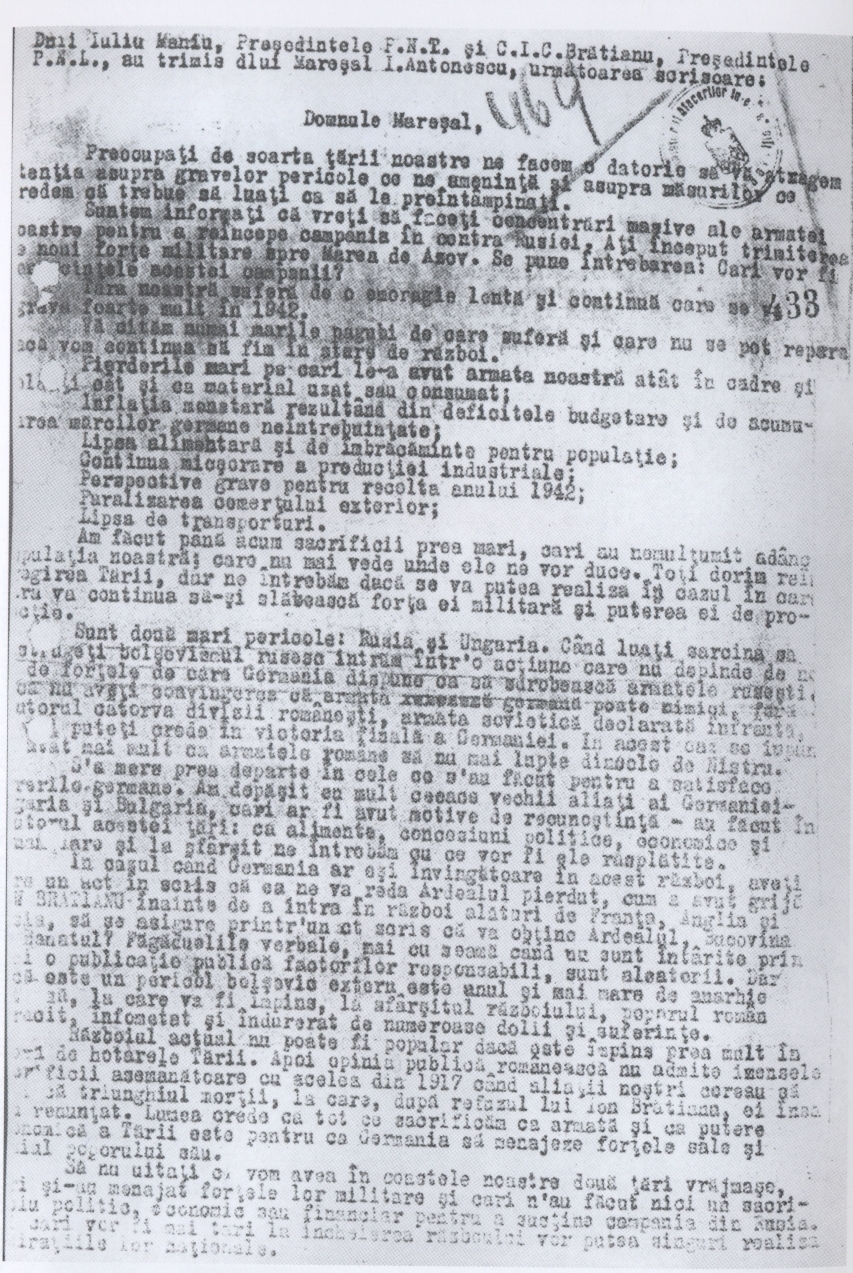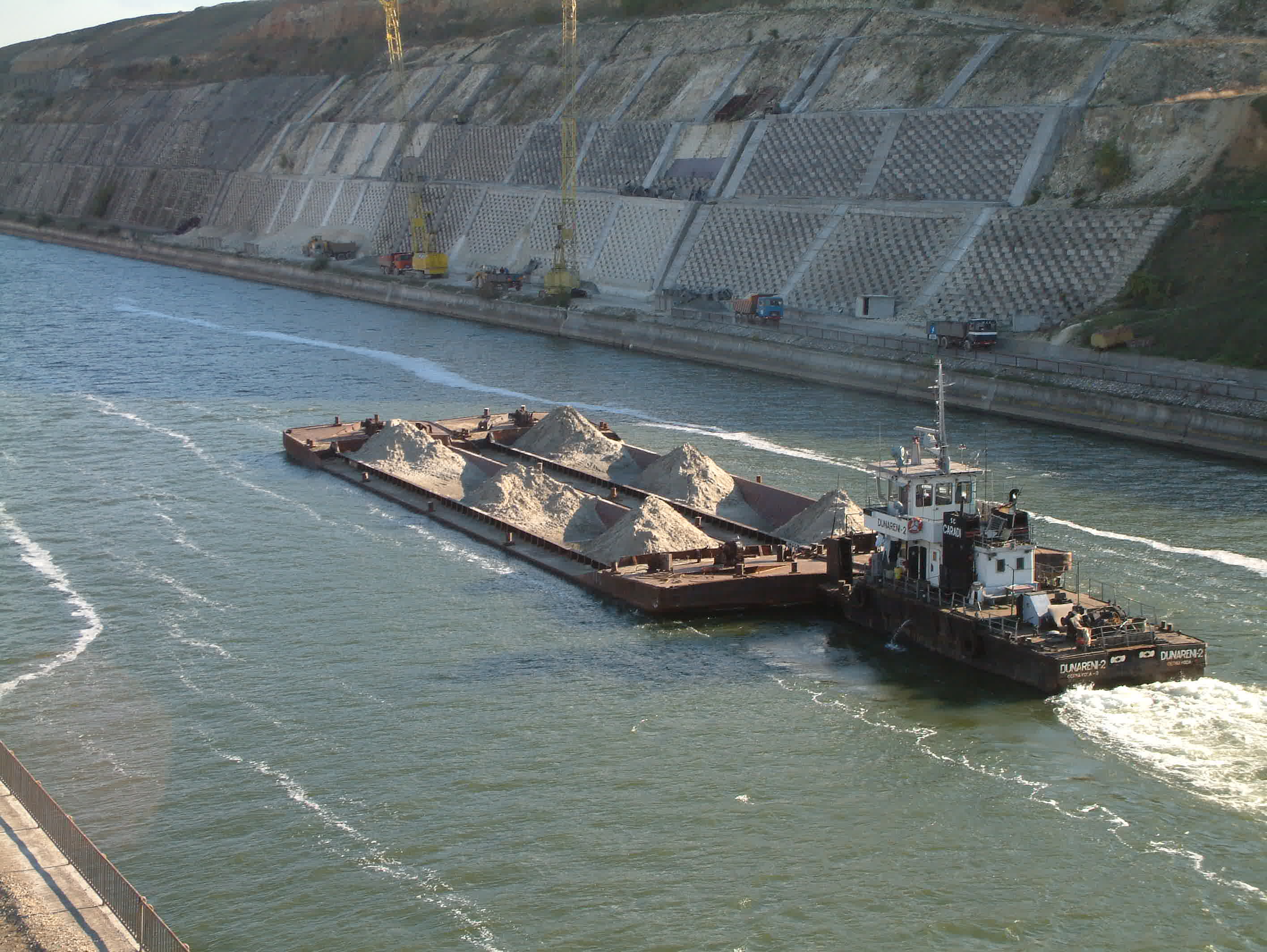|
Sighet Memorial
The Sighet Prison, located in the city of Sighetu Marmației, Maramureș County, Romania, was used by Romania to hold criminals, prisoners of war, and political prisoners. It is now the site of the Sighet Memorial Museum, part of the Memorial of the Victims of Communism. History Beginnings The prison was built in 1896–1897 by the authorities of the Kingdom of Hungary. Following Austrian practice, it was situated close to the courthouse in order to facilitate prisoner transport. From its opening until 1944, it housed common criminals with sentences of six months to two years. T-shaped, the building had a ground and two upper floors. Of the 108 cells, 36 were individual and the rest fit four or six people. It was built of brick and reinforced concrete, with doors of fir wood. The thick walls were some six meters high and topped by guard towers. While Northern Transylvania was under Soviet military administration from November 1944 to March 1945, the building was used for i ... [...More Info...] [...Related Items...] OR: [Wikipedia] [Google] [Baidu] |
Sighet Memorial Museum
The exterior of the Sighet Memorial Museum in Sighetu Marmației The Memorial of the Victims of Communism and of the Resistance () in Romania consists of the Sighet Museum (often confused with the Memorial), located in the city of Sighetu Marmației, Maramureș County, and the International Centre for Studies into Communism, located in Bucharest. International Centre for Studies into Communism The Centre was founded in 1993 by Ana Blandiana and . Created and administered by the Civic Academy Foundation, it is an institute of research, museography and education. Sighet Memorial Museum The museum was created by the Centre for Studies into Communism out of the remnants of the former Sighet Prison in 1993. The restoration of the prison building was completed in 2000. Each prison cell became a museum room, which together presented the chronology of the totalitarian system in Communist Romania. In 1998, the Council of Europe identified the Sighet Memorial as one of the main site ... [...More Info...] [...Related Items...] OR: [Wikipedia] [Google] [Baidu] |
Cluj-Napoca
Cluj-Napoca ( ; ), or simply Cluj ( , ), is a city in northwestern Romania. It is the second-most populous city in the country and the seat of Cluj County. Geographically, it is roughly equidistant from Bucharest (), Budapest () and Belgrade (). Located in the Someșul Mic river valley, the city is considered the unofficial capital of the Historical regions of Romania, historical province of Transylvania. For some decades prior to the Austro-Hungarian Compromise of 1867, it was the official capital of the Grand Principality of Transylvania. , 286,598 inhabitants live in the city. The Cluj-Napoca metropolitan area had a population of 411,379 people, while the population of the peri-urbanisation, peri-urban area is approximately 420,000. According to a 2007 estimate, the city hosted an average population of over 20,000 students and other non-residents each year from 2004 to 2007. The city spreads out from St. Michael's Church, Cluj-Napoca, St. Michael's Church in Unirii Square, C ... [...More Info...] [...Related Items...] OR: [Wikipedia] [Google] [Baidu] |
Pearl Barley
Pearl barley, or pearled barley, is barley that has been processed to remove its fibrous outer hull and polished to remove some or all of the bran Bran, also known as miller's bran, is the component of a Cereal, cereal grain consisting of the hard layersthe combined aleurone and Fruit anatomy#Pericarp layers, pericarpsurrounding the endosperm. Maize, Corn (maize) bran also includes the p ... layer. It is the most common form of barley for human consumption because it cooks faster and is less chewy than other, less-processed forms of the grainBarley from The Cook's Thesaurus (foodsubs.com) such as "hulled barley" (or "barley groats", also known as "pot barley" and "Scotch barley"). Fine [...More Info...] [...Related Items...] OR: [Wikipedia] [Google] [Baidu] |
Ion Mihalache
Ion Mihalache (; March 3, 1882 – February 5, 1963) was a Romanian Agrarianism, agrarian politician, the founder and leader of the Peasants' Party (Romania), Peasants' Party (PȚ) and a main figure of its successor, the National Peasants' Party (PNȚ). Early life A schoolteacher born into a peasant family of Topoloveni, Muscel County, he served as a lieutenant in the Romanian Army during World War I.Rouček, p.84-85 Mihalache, who soon became popular among Romanian Orthodox Church, Orthodox priests and village teachers, served as president of the local teachers' association. He founded the PȚ in the Romanian Old Kingdom in 1918; under his leadership, it emerged from northern Muntenia and became a grouping with national appeal. The PȚ had much success in the 1919 Romanian general election, elections of November 1919, forming a coalition government with the Transylvanian Romanian National Party (PNR), under Alexandru Vaida-Voevod. As a politician, Mihalache made himself known fo ... [...More Info...] [...Related Items...] OR: [Wikipedia] [Google] [Baidu] |
Iuliu Maniu
Iuliu Maniu (; 8 January 1873 – 5 February 1953) was a Romanian lawyer and politician. He was a leader of the National Party of Transylvania and Banat before and after World War I, playing an important role in the Union of Transylvania with Romania. Maniu served as Prime Minister of Romania for three terms during 1928–1933, and, with Ion Mihalache, co-founded the National Peasants' Party. Arrested by the ascendant communist authorities in 1947 as a result of the Tămădău affair, he was convicted of treason in a show trial and sent to Sighet Prison, where he died six years later. Early years Maniu was born to an ethnic Romanian family in Szilágybadacsony, Austria-Hungary (now Bădăcin, Sălaj County, Romania); his parents were Ioan Maniu and Clara Maniu. He finished the Calvinist College in Zalău in 1890, and studied law at Franz Joseph University in Cluj-Napoca, then at the University of Budapest and the University of Vienna, being awarded the doctorate ... [...More Info...] [...Related Items...] OR: [Wikipedia] [Google] [Baidu] |
Galați Prison
Galați Prison () is a prison located in Galați, Romania. The prison was built in the northern part of the city between 1893 and 1897, with a view to alleviating overcrowding in the area's detention facilities. Architecturally identical to the contemporaneous Craiova Prison, it featured a ground floor and two upper stories. With 30 cells each, the maximum capacity was considered to be 350 inmates. It housed common criminals until 1938, although starting in 1933, it was a transit prison for affiliates of the banned Romanian Communist Party, including Gheorghe Gheorghiu-Dej, Gheorghe Apostol Gheorghe Apostol (16 May 1913 – 21 August 2010) was a Romanian politician, deputy Prime Minister of Romania and a former leader of the Communist Party (PCR), noted for his rivalry with Nicolae Ceaușescu. Early life Apostol was born near ..., and Emil Bodnăraș. It was a military prison in 1938–1939, with a number of prominent Iron Guard members being sent there. World War II des ... [...More Info...] [...Related Items...] OR: [Wikipedia] [Google] [Baidu] |
Căldărușani Monastery
Căldărușani Monastery (Romanian: ''Mănăstirea Căldărușani'') is a Romanian Orthodox monastery located in the town of Gruiu, Ilfov County, Romania, by the Căldărușani Lake. The monastery complex is listed as a historic monument and includes several significant buildings and a rich collection of Romanian art. History Established in 1638 by Matei Basarab, a prominent Wallachian ruler, Căldărușani Monastery has been a significant center for Orthodox spirituality and Romanian culture. The monastery was built on the site of an older wooden skete, evidencing monastic activity at this location prior to its official founding. It became known for its scriptorium and played a pivotal role in the development of the Romanian literary language. The main church, dedicated to Saint Demetrius, features architecture reminiscent of the great ecclesiastical buildings of the era, such as Curtea de Argeș Cathedral. Notable for its educational and cultural contributions, the monastery h ... [...More Info...] [...Related Items...] OR: [Wikipedia] [Google] [Baidu] |
Romanian Greek-Catholic
The Romanian Greek Catholic Church or Romanian Church United with Rome is a ''sui iuris'' Eastern Catholic Church, in full union with the Catholic Church. It has the rank of a Major Archbishop, Major Archiepiscopal Church and it uses the Byzantine Rite, Byzantine liturgical rite in the Romanian language. It is part of the Major Archiepiscopal Churches of the Catholic Church that are not distinguished with a patriarchal title. Cardinal Lucian Mureșan, Archbishop of Greek Catholic Archdiocese of Făgăraș and Alba Iulia, Făgăraș and Alba Iulia, has served as the head of the Romanian Greek-Catholic Church since 1994. On December 16, 2005, as the ''Romanian Church United with Rome'', the Greek-Catholic church was elevated to the rank of a Major Archiepiscopal Church by Pope Benedict XVI, with Lucian Mureșan becoming its first major archbishop. Mureşan was made a cardinal, at the papal consistory, consistory of February 18, 2012. Besides the Archeparchy of Făgăraș and Alba ... [...More Info...] [...Related Items...] OR: [Wikipedia] [Google] [Baidu] |
National Liberal Party (Romania, 1875)
The National Liberal Party (, PNL) was the first organised political party in Romania, a major force in the country's politics from its foundation in 1875 to World War II. Established in order to represent the interests of the nascent local bourgeoisie, until World War I it contested power with the Conservative Party (Romania, 1880–1918), Conservative Party, supported primarily by Boyars of Wallachia and Moldavia#Modern Romania, wealthy landowners, effectively creating a two-party system in a political system which severely limited the representation of the peasant majority through census suffrage. Unlike its major opponent, the PNL managed to preserve its prominence after the implementation of universal suffrage, universal male suffrage, playing an important role in shaping the institutional framework of ''Greater Romania'' during the 1920s. History Dominated throughout its existence by the Brătianu family, the party was periodically affected by strong factionalism. Am ... [...More Info...] [...Related Items...] OR: [Wikipedia] [Google] [Baidu] |
National Peasants' Party
The National Peasants' Party (also known as the National Peasant Party or National Farmers' Party; , or ''Partidul Național-Țărănist'', PNȚ) was an Agrarianism, agrarian political party in the Kingdom of Romania. It was formed in 1926 through the fusion of the Romanian National Party (PNR), a conservative-regionalist group centred on Transylvania, and the Peasants' Party (Romania), Peasants' Party (PȚ), which had coalesced the left-leaning agrarian movement in the Romanian Old Kingdom, Old Kingdom and Bessarabia. The definitive PNR–PȚ merger came after a decade-long rapprochement, producing a credible contender to the dominant National Liberal Party (Romania), National Liberal Party (PNL). National Peasantists agreed on the concept of a "peasant state", which defended smallholding against state capitalism or state socialism, proposing voluntary cooperative farming as the basis for economic policy. Peasants were seen as the first defence of Romanian nationalism and of the ... [...More Info...] [...Related Items...] OR: [Wikipedia] [Google] [Baidu] |
Securitate
The Department of State Security (), commonly known as the Securitate (, ), was the secret police agency of the Socialist Republic of Romania. It was founded on 30 August 1948 from the '' Siguranța'' with help and direction from the Soviet MGB. The Securitate was, in proportion to Romania's population, one of the largest secret police forces in the Eastern bloc. The first budget of the Securitate in 1948 stipulated a number of 4,641 positions, of which 3,549 were filled by February 1949: 64% were workers, 4% peasants, 28% clerks, 2% persons of unspecified origin, and 2% intellectuals. By 1951, the Securitate's staff had increased fivefold, while in January 1956, the Securitate had 25,468 employees.Cristian Troncota"Securitatea: Începuturile", Magazin Istoric, 1998 At its height, the Securitate employed some 15,000 agents and almost half a million informants for a country with a population of 23 million by 1989. The Securitate under Nicolae Ceaușescu was one of the most br ... [...More Info...] [...Related Items...] OR: [Wikipedia] [Google] [Baidu] |
Danube–Black Sea Canal
The Danube–Black Sea Canal () is a navigable canal in Romania, which runs from Cernavodă on the Danube river, via two branches, to Constanța and Năvodari on the Black Sea. Administered from Agigea, it is an important part of the waterway link between the North Sea and the Black Sea via the Rhine–Main–Danube Canal. The main branch of the canal, with a length of , which connects the Port of Cernavodă with the Port of Constanța, was built in 1976–1984, while the northern branch, known as the Poarta Albă–Midia Năvodari Canal, with a length of , connecting Poarta Albă and the Port of Midia, was built between 1983 and 1987. Although the idea of building a navigable canal between the Danube and the Black Sea is old, the first concrete attempt was made between 1949 and 1953, when the Socialist Republic of Romania, communist authorities of the time used this opportunity to eliminate political opponents, so the canal became notorious as the site of labor camps, when at an ... [...More Info...] [...Related Items...] OR: [Wikipedia] [Google] [Baidu] |








